Life

Educators and Parents, Sign Up for The Cheat Sheet
Weekly updates to help you use Science News Explores in the learning environment
Thank you for signing up!
There was a problem signing you up.
-
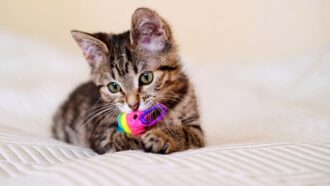 Animals
AnimalsCats play fetch — but only when they feel like it
Most cats that play fetch pick up the behavior on their own, a study finds. And those felines tend to dictate when fetching sessions begin and end.
By Meghan Rosen -
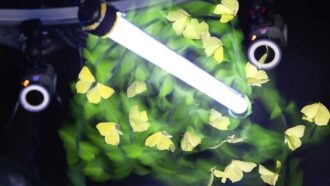 Animals
AnimalsWhich way is up? Insects may lose track near artificial lights
Flying insects may use light to figure out where the sky is. But artificial lights can send them veering off course, high-speed video suggests.
-
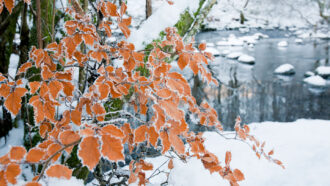 Plants
PlantsScientists Say: Marcescence
Autumn turns to winter, yet some trees' dead leaves keep hanging on.
-
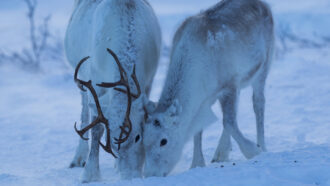 Animals
AnimalsReindeer can chew food in their sleep
Brain waves and behaviors suggest that reindeer can doze while chewing.
-
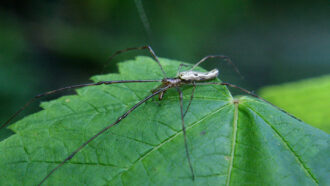 Animals
AnimalsSpiders that fall into water use reflected light to find land
When elongate stilt spiders fall into water, they head for areas that don’t reflect light, studies show. This cue appears to signal dry land.
-
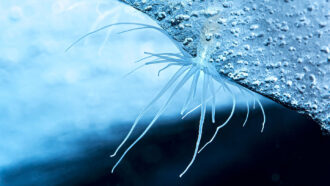 Ecosystems
EcosystemsA weird upside-down world lurks beneath Antarctica’s ice
A vast swath of ocean surrounds Antarctica, hidden under the ice. Here, strange creatures burrow into the dark underbelly of a floating glacier.
By Douglas Fox -
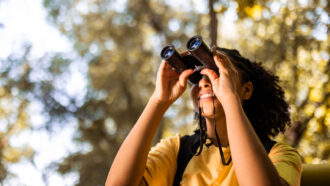 Animals
AnimalsLet’s learn about birdwatching for beginners
One birdwatcher unpacks the personal and scientific rewards of birding, and how to get started.
-
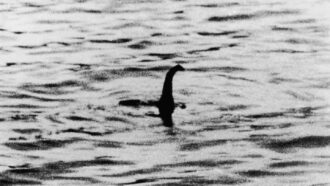 Animals
AnimalsHave you seen Bigfoot or the Loch Ness Monster? Probably not
Floe Foxon is a data scientist by day. In his free time, he applies his skills to astronomy, cryptology and sightings of mythical creatures.
By Meghan Rosen -
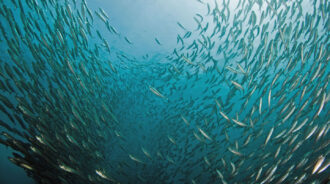 Animals
AnimalsSwimming in schools lets fish save lots of energy
Each tail flap uses less than half as much energy than swimming solo, making it easier for fish to catch their breath after an underwater sprint.
-
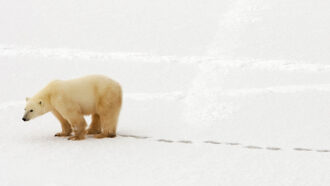 Animals
AnimalsPaw-print DNA lets scientists track out-of-sight polar bears
This environmental DNA can aid in conserving species that are hard or dangerous to observe.
-
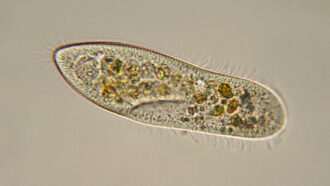 Life
LifeScientists Say: Protist
Unified by a few key traits, these diverse organisms come in all shapes and sizes.
-
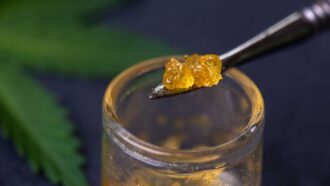 Health & Medicine
Health & MedicineThe teen brain is especially vulnerable to the harms of cannabis
Today’s concentrated cannabis products — with higher THC levels — may pose greater risks of addiction and psychosis than ever before.